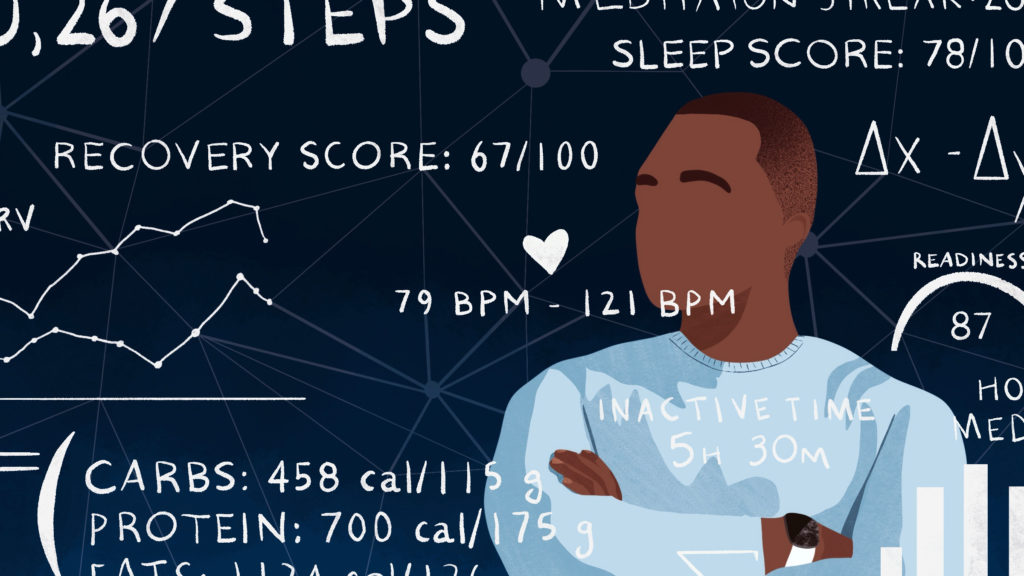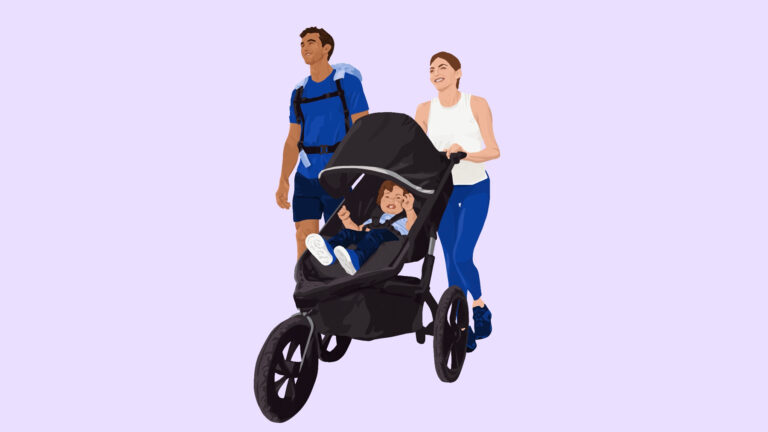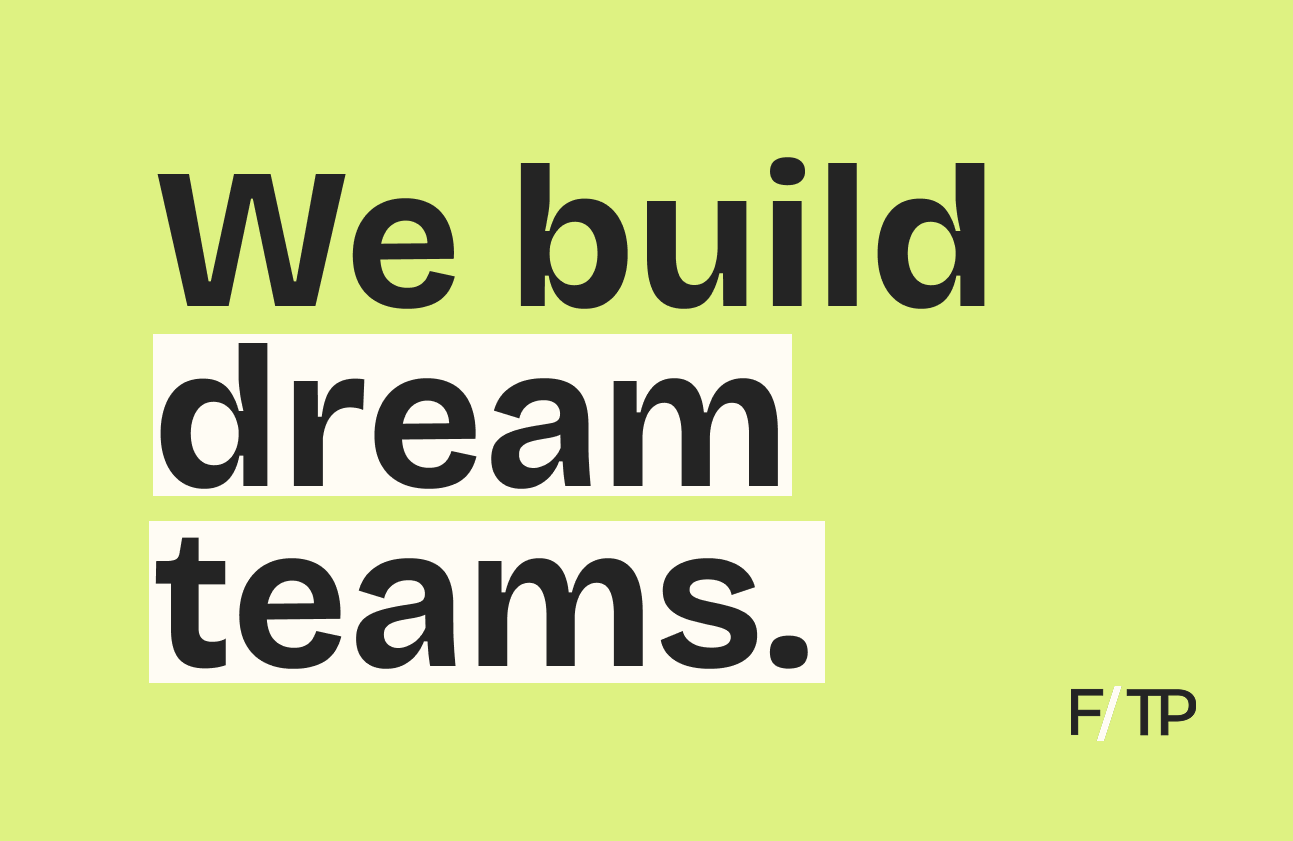Technology is transforming sports, ushering in a new era of the quantified athlete.
But the pursuit of high performance is just the beginning. From injury prevention and in-game insights to fan engagement and sports betting, data is an instrument of optimization, a source of entertainment, and an emerging revenue stream.
As athletes and leagues sort out the implications, the trickle-down effect has the potential to transform fitness for the everyday exerciser.
Beyond Moneyball
The movie Moneyball shined a spotlight on the use of statistics in sports. And these days, professional sports teams have entire departments dedicated to analytics.
But now, going beyond the empirical analysis of in-game situations or outcomes, more attention is being paid to what’s happening inside an athlete’s body.
In the gym, on the playing field, and around the clock, new technologies are seeking to quantify performance. Besides simply leveling up, the ability to track every aspect of athletics will impact everything from training and competition to talent evaluation and contract negotiations.
More and more, as wearable sensors, high-speed cameras, computer vision, and machine learning algorithms become ubiquitous, capturing reams of real-time data is becoming routine.
But just because we can collect data, doesn’t mean we know how to use it. And even when we do, the various applications raise new questions about who owns said data and how they can profit from it.
Data Rich
The rise of the quantified athlete is creating a multi-billion dollar industry. The goal? To capture, analyze, utilize, and monetize performance data.
- The global sports tech market could surpass $31B in 2024.
- The sports analytics sector is projected to reach $4.5B by 2025.
- The global sports betting market could hit $155B by 2024.
Looking closer, in Scrum Ventures’ 2019 report on the state of sports technology, fan engagement and athlete performance tech were expected to have the biggest impact on the industry.
Further, sports tech investors were increasingly interested in “measurement platforms for data, analytics, and biometrics,” as well as “athlete tech” in general. Of note, “recovery health and home fitness” was another focus area, signaling the convergence of athletic performance with fitness more broadly.
Zooming out, startups and investors are fueling further innovation in the space. According to SportsTechX, investors poured more than $12.6B into some 3,000 sports tech deals between January 2014 and September 2019.
High-tech Performance
The quest to quantify performance will impact the entire value stream of sports, affecting athletes, owners, fans, and other stakeholders.
Taking notice, companies ranging from ambitious upstarts to trillion-dollar tech giants are in the mix.
MLB. Moneyball was just the beginning. Baseball’s top teams and players are embracing next-generation tech—like cameras, radar, and motion capture sensors—from edgertronic, Rapsodo, K-MOTION, and KinaTrax.
The biggest advocate? That would be Trevor Bauer, baseball’s highest-paid player, who credits his success to a relentless, data-driven focus on self-improvement, telling Sports Illustrated:
“I’m not that big. I’m not that strong. I’m not fast. I’m not explosive. I can’t jump. I wasn’t a natural-born athlete. I was made.”
Far from an isolated case, “Betterball”—or relying on data to build better players—could become the new standard of athlete development in baseball and across pro sports.
NBA. Basketball’s biggest names are all-in on performance tech. Early on, Kobe Bryant was integral to the development of Hyperice. More recently, Steph Curry gave Tonal his seal of approval, investing in the company after trying it for himself.
League-wide, the NBA has been quick to adopt new technology. More than analytics alone, Dallas Mavericks owner Mark Cuban thinks bioanalytics represents the next frontier:
“Analytics has become a relatively efficient market because all the teams are doing similar things… And then there’s bioanalytics, we’re becoming smarter about the body, nutrition, sleep, genetics. There are so many elements, it’s a never-ending improvement cycle.”
From injury prevention to biomarker analysis and shot distribution, companies like Orreco and ShotTracker are providing an increasingly personalized look at player performance.
NFL. Starting in 2014, the league began using radiofrequency identification (RFID) tags in the ball, on the field, and in players’ pads.
Now, in partnership with Amazon Web Services, the NFL’s Next Gen Stats platform uses those sensors and machine learning to further engage fans. And individual teams, like the Seattle Seahawks, work with AWS, creating “data lakes” to evaluate talent, assess player health, and gameplan.
In related news, the NFL Players Association invested in and partnered with WHOOP, making it the group’s official wearable. More interesting, the arrangement allows players to sell their performance data, opening the door to potential deals with broadcasters, advertisers, and sports gambling platforms.
Elsewhere. From Formula One to Bundesliga and NASCAR to PGA, professional sports organizations around the world are tapping tech companies—from IBM and Catapult to SciSports and Sparta Science—to quantify and accelerate performance.
Risk and Reward
Athletes and teams are swimming in data. The next challenge? Utilizing, protecting, and monetizing it.
If collecting data is a commodity, making it contextual to specific sports, athletes, and situations is far from perfect.
Privacy is another hurdle. Data ownership and HIPAA compliance raise red flags. In pro sports, the issue is already being addressed as part of collective bargaining.
Take the NFL, for instance. The 2011 collective bargaining agreement mentioned the word “sensor” five times. In 2020, it came up 45 times.
Cashing in, data could be used for video games, broadcasts, sports gambling, and other avenues seeking to license player information. According to Ahmad Nassar, CEO of OneTeam Partners, an organization that helps athletes profit off their likeness, we’re in the early days of data monetization:
“Broadcast rights are a very mature market, and now everybody gets it, but 50 years ago I don’t think people understood the opportunity — it was all about gate revenue, selling out games, concessions and parking. Data can follow that same path.”
Trickle-down Health
Looking ahead, many of the innovations we’re seeing across the sports landscape will inevitably make their way into consumer health and fitness.
From Nike sneakers and Gatorade drinks to Polar’s heart rate monitor, countless inventions intended for elite athletes are now used by everyday exercisers.
Whether it’s WHOOP’s wristband or motion tracking and computer vision coming to digital fitness, trickle-down health will continue to define fitness for the rest of us.
[Research: Ryan Bolles | Artwork: Courtney Powell]
🎙 On The Podcast
This week, on the Fitt Insider podcast, we’re joined by Jon Carder, co-founder and CEO of Vessel — an at-home diagnostics company helping users optimize their health.
In this episode, we discuss:
- Using blood and urine tests to measure biomarkers
- Jon’s plan to launch a connected, health-tracking toilet
- How Vessel sold 100K test kits as part of its pre-order campaign
- The company’s mission to put a diagnostic lab in the palm of every hand
Listen to the full episode here.
👀 Callback
Related to our lead report, WHOOP is making waves, from sports to the workplace.
WHOOP x CrossFit. WHOOP is now the official wearable of CrossFit. On the surface, this move makes sense. Diving deeper, it gets even more interesting.
Going beyond health tracking, partnerships with CrossFit, PGA, NFL, and other leagues will reimagine “fan engagement.” Announced in the press release:
“CrossFit also plans to share data from the world’s fittest athletes via integrations into its broadcast programming and other digital and on-site channels.”
Speaking of CrossFit, Eric Roza, the company’s new owner and CEO, is making headway in his effort to turn CrossFit around following the Greg Glassman debacle.
In recent weeks, the company said as many as 1,000 gyms have reaffiliated with the brand. NOBULL replaced Reebok as the title sponsor of the CrossFit Games. And now, the WHOOP deal.
The Sleep Bonus. WHOOP will pay employees to get more sleep. Using the company’s health tracker, employees get $100/month when they meet 85% of their personal sleep needs.
More than a company policy, this is a case study and go-to-market strategy. On LinkedIn, WHOOP’s director of enterprise customer success Courtney Camps said:
“Our WHOOP for Business team is helping many companies roll this same program out at their various organizations.”
Be on the lookout. Don’t be surprised if WHOOP enters workplace wellness as the champion of sleep and recovery for the quantified executive.
For more, read our report on WFH Wellness.
🛶 Catch, Drive, Finish, Recovery
Not sure what that headline means? That’s about to change. Because the rowing wars are heating up.
First things first. What gym-goers know as a rower is actually called an ergometer. And Concept2 makes what is widely considered to be the best erg of them all. Founded in 1976 by sibling rowers Dick and Pete Dreissigacker, this bootstrapped, Vermont-based company is the industry standard.
Newcomers. Initially, the bike and boutique-style classes were ground zero for at-home innovation. Then came the treadmill. And more recently, strength training equipment went high-tech. Now, connected fitness companies have taken aim at rowing.
- Hydrow has raised $65M for its connected rower, seeing sales jump 400% when the pandemic hit.
- Ergatta, a gamified rowing workout, teamed with WaterRower and raised $5M in funding. The company says it reached $2.5M in monthly revenues.
- CITYROW is taking an omnichannel approach, offering in-studio, at-home workouts, and equipment.
- NordicTrack, Echelon, Aviron, and a host of others offer rowing products.
TBD. The elephant in the room, Peloton has long been rumored to be working on a rower of its own. A product of the pandemic, the company has been dealing with a variety of supply chain and customer services issues. But, once the backlog is addressed, it could be time to release a new product.
IYKYK. The headline… it’s the four phases of a rowing stroke.
📰 News & Notes
- The rise of pickleball.
- The case for measuring Brain Capital.
- Echelon debuts Sam’s Club-exclusive bike.
- Superfoods + gummy vitamins = Grummies.
- Is Zwift working on three pieces of hardware?
- Peloton prepares for expansion into Australia.
- Amazon’s health tracker now integrates with Alexa.
- NordicTrack maker ICON Health & Fitness eyes an IPO.
💰 Money Moves
- atai Life Sciences, the Peter Thiel-backed startup using psychedelic substances to treat mental health disorders, raised $157M in Series D funding ahead of a potential IPO.
More from Fitt Insider: Psychedelic Wellness - VMG Partners, a private equity firm with investments in consumer brands like KIND, Ancient Nutrition, and Daily Harvest, among many others, announced the close of an $850M fund.
- Disruptive Acquisition Corp, a SPAC targeting businesses in health and wellness, entertainment, and consumer-tech spaces, filed for a $250M IPO.
More from Fitt Insider: The SPACs are Coming - BurnAlong, an employer-focused health and wellness platform, closed a $7M fundraise led by Triventures.
More from Fitt Insider: WFH Wellness - NBA star Luka Dončić invested in sports drink maker BioSteel, becoming the company’s Chief Hydration Officer.
More from Fitt Insider: The Athlete-Investor - Tennis star Andy Murray invested in HALO, makers of an organic hydration drink.
- Hyperlite Mountain Gear, a high-performance backcountry brand, received a growth equity investment from T-street Capital.
More from Fitt Insider: Wellness in the Great Outdoors - Nestlé acquired functional beverage brand Essentia, makers of ionized alkaline water.
- Reflect Innovation, creators of a handheld biofeedback device, secured $3M in seed funding from Joy Ventures.
More from Fitt Insider: Billion-dollar State of Mind - DispatchHealth, a provider of in-home medical care, secured $200M in Series D financing led by Tiger Global.
More from Fitt Insider: Direct-to-Consumer Healthcare - Reperio Health, makers of at-home health assessment and biometric screening systems, raised $6M in seed funding.
- SpineZone, provider of personalized treatment for musculoskeletal conditions, closed $12M in Series A funding.
- Planted, makers of animal-free meat alternatives, raised $18M in Series A funding.
More from Fitt Insider: Our Meat-Free Future - Mindright, a brain health snack bar, earned an investment from a host of celebrity backers including Rob Dyrdek, Joe Jonas, Travis Barker, and Marcus Lemonis.
- Plant-based energy drink maker teaRIOT secured a $5M investment.
- Drinkable oatmeal maker Oats Overnight raised $2M in seed funding.
- Nut butter brand Natural Way landed a $1M investment from Tusk Private Investment.






